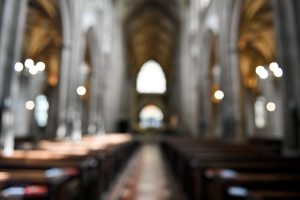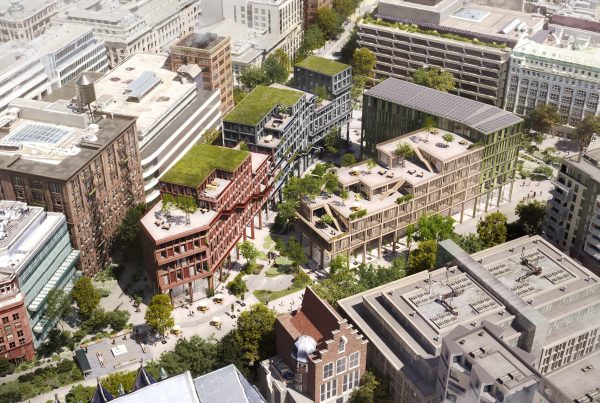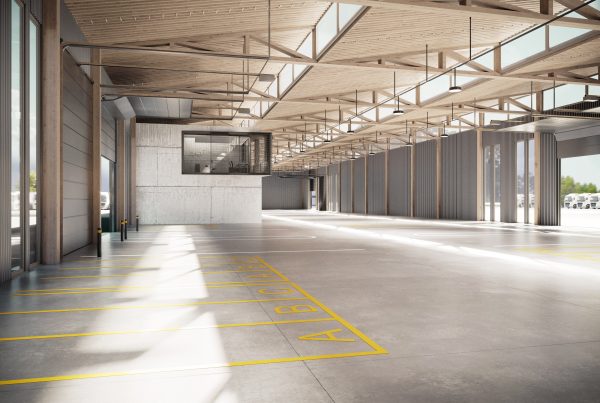The church is losing followers! Consequently, many empty church buildings are waiting for a “sustainable” revival
Identity architect Justus Asselmeyer advises the preventive-creative use of these “landmarks”.
 Hamburg (pts006/31.10.2022/08:10) – Hamburg (pts006/31.10.2022/08:10) – There are more than 40,000 church buildings in Germany, from chapels to cathedrals. Already, many of these buildings are standing empty. The continuously declining membership figures demand a preventive concept for the further use of these highly visible “landmarks.” “Let’s face it, not even an atheist would think of demolishing such buildings with symbolic character. But vacancy is not a solution because there is no space for new things elsewhere. Churches are generally points of orientation and identification and have enormous charisma. In terms of space and content, they are deeply anchored in people’s lives in the local environment. As an architect, I see such buildings as an opportunity. To abandon such identity-forming buildings with outstanding spatial architectural and urban development qualities is not very appropriate and not at all sustainable. The reuse of vacant churches – a new use in the sense of the deeply rooted identity of these buildings must be considered,” says Hamburg architect Dipl.-Ing. Justus Asselmeyer https://asselmeyerarchitekt.de/
Hamburg (pts006/31.10.2022/08:10) – Hamburg (pts006/31.10.2022/08:10) – There are more than 40,000 church buildings in Germany, from chapels to cathedrals. Already, many of these buildings are standing empty. The continuously declining membership figures demand a preventive concept for the further use of these highly visible “landmarks.” “Let’s face it, not even an atheist would think of demolishing such buildings with symbolic character. But vacancy is not a solution because there is no space for new things elsewhere. Churches are generally points of orientation and identification and have enormous charisma. In terms of space and content, they are deeply anchored in people’s lives in the local environment. As an architect, I see such buildings as an opportunity. To abandon such identity-forming buildings with outstanding spatial architectural and urban development qualities is not very appropriate and not at all sustainable. The reuse of vacant churches – a new use in the sense of the deeply rooted identity of these buildings must be considered,” says Hamburg architect Dipl.-Ing. Justus Asselmeyer https://asselmeyerarchitekt.de/
Entire regions identify with certain buildings – no matter how small or large
It doesn’t matter whether it’s secular buildings or religiously charged architecture. Certain buildings belong to a landscape, a county, a city. The population identifies with these buildings, no matter how large the objects are. Here, new thinking is needed when a vacancy occurs, but also sustainable new thinking along the lines of the old model. This then means not only energy-saving, ecological construction methods, CO2-saving selection of building materials and general prevention of resource waste in all areas of construction or renovation, but also and above all sustainable use of the building in terms of its ancestral identity anchored in the population.
A well-planned building will still be strong, convincing and meaningful 100 years from now
Especially in building design for companies or communities, the focus must always be on all users. To all employees, to all visitors who are to use the building for as many years as possible and perhaps even generations. Architecture and buildings are sustainable if they still look as strong and convincing in 100 years as they do today. For me, that’s exactly what identity architecture is all about. Good architecture creates a foundation from the very beginning that does not need to be adjusted or corrected every few years, but lasts for the long term.
Info on the architecture firm and the concept of identity architecture at: https://asselmeyerarchitekt.de
Link to the press article: https://www.pressetext.com
ASSELMEYER ARCHITECT Hamburg
Long row 29
20099 Hamburg
Tel.: +49 (0)40 524 764 040
E-mail: info@asselmeyerarchitekt.de





